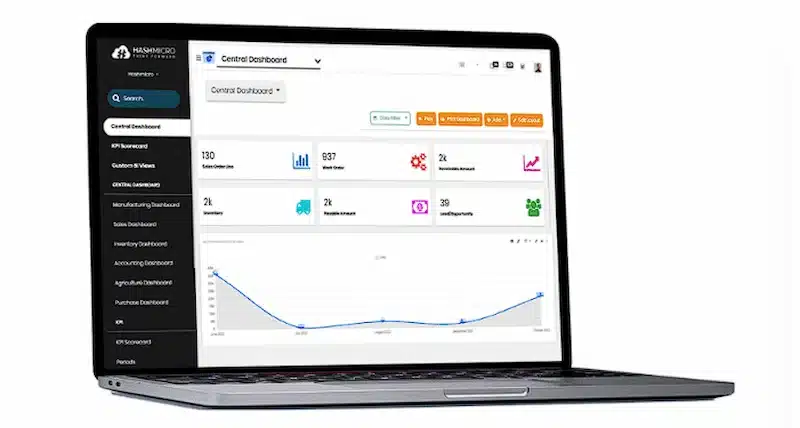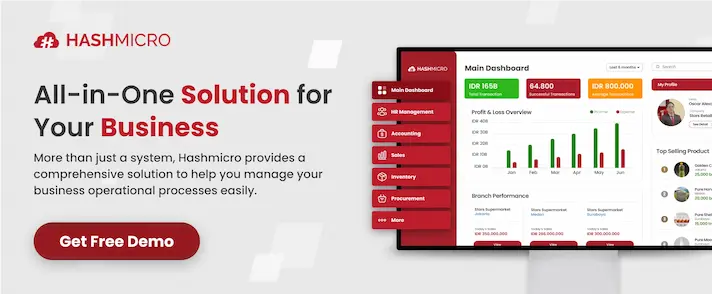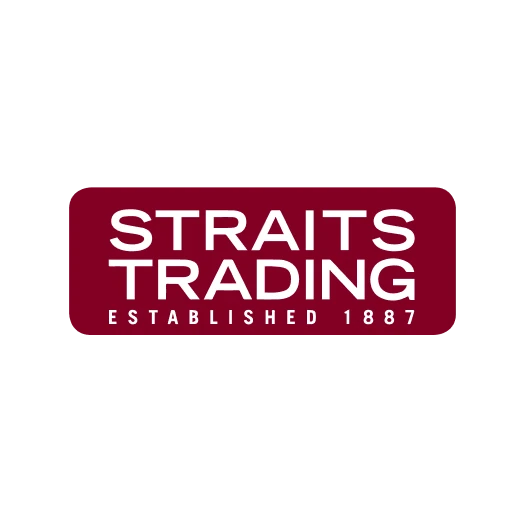Sales and Operations Planning (S&OP) is crucial for balancing supply and demand, ensuring that companies can align their sales forecasts with operational capabilities. Many businesses struggle with this alignment, leading to inefficiencies, missed opportunities, and customer dissatisfaction.
Inaccurate forecasts and misaligned operations can lead to missed opportunities, stockouts, or overproduction, which in turn affects profitability and customer satisfaction. Without a well-organized approach, balancing supply and demand across various departments becomes increasingly difficult.
Sales and Operations Planning (S&OP) is a strategic process that helps organizations manage the delicate balance between supply and demand. By aligning sales forecasts with production and inventory plans, companies can ensure they meet customer needs without overstocking or understocking.
Throughout this article, we’ll delve into the importance of S&OP, its key benefits, and how it integrates with cloud-based systems. Additionally, we’ll explore how leveraging S&OP software can help you optimize your business processes and drive efficiency.
Key Takeaways
|
What Is Sales and Operations Planning (S&OP)?
Sales and Operations Planning (S&OP) is a vital process that aligns different operational areas like sales, marketing, manufacturing, and finance to create a unified strategy. This process helps companies balance supply and demand by developing a demand forecast and an operational plan, typically reviewed monthly.
By optimizing resources, S&OP ensures that business goals are met efficiently and effectively. The process also provides a rolling operational plan that extends up to 36 months into the future, enhancing supply chain resilience and allowing companies to adjust to market changes more effectively.
What is the Purpose of Sales and Operations Planning?

Sales and Operations Planning (S&OP) has evolved with AI and machine learning. Previously, businesses relied on inefficient, static spreadsheets and disconnected apps that couldn’t handle real-time changes or market shifts.
Strategic alignment across departments
With S&OP, companies can strategically plan by aligning all operational areas with their objectives. This process ensures that businesses meet customer demand while staying aligned with corporate goals. By integrating data from various departments, S&OP helps companies manage their capabilities and constraints effectively.
Modern sales and operations planning (S&OP) software and AI integration
Modern S&OP software integrates real-time data, such as user behavior and market trends. For example, a study by McKinsey of the consumer packaged goods (CPG) industry found that AI-enhanced forecasting improved accuracy by 10-20%. This improvement can result in up to a 5% reduction in inventory costs and a 2-3% increase in revenue.
By utilizing AI-driven insights and simulations, businesses can now manage supply and demand with greater precision, resulting in more informed decision-making and more effective operational management.
The primary purpose of S&OP is to align all departments within a business. By enhancing communication and refining processes, businesses can better balance supply and demand, improving transparency, inventory management, and sales forecasting, which ultimately leads to better overall efficiency.
Key Benefits of Sales and Operations Planning (S&OP)
Sales and operations planning (S&OP) is a vital process that aligns supply with demand, ensuring that businesses operate smoothly and meet their goals. Through effective integration of various departments, S&OP helps optimize resources and improve profitability. Let’s explore the key benefits of implementing S&OP.
Increased profitability
The core benefit of sales and operations planning is the increased profitability it brings by optimizing operational workflows and ensuring a balance between demand and supply. With an aligned plan, businesses can reduce costs such as inventory holding costs and waste, leading to greater financial gains.
Better decision-making with real-time data
Sales and operations planning provides decision-makers with real-time data, enabling them to assess the impact of potential changes. Using advanced tools to simulate different scenarios, businesses can adapt quickly to shifts in supply and demand, ensuring timely, informed decisions.
Streamlined planning processes
Modern software solutions have made it easier to streamline the S&OP process. By automating data collection, analysis, and reporting, businesses can shorten the planning cycle and improve accuracy. As part of S&OP, this integration also helps businesses avoid the errors that arise from manual processes.
Improved collaboration across departments
Sales and operations planning fosters greater communication and alignment between different departments, breaking down silos within the organization. By working together toward common goals, teams are able to share insights and contribute to more effective decision-making.
Continuous improvements through feedback and monitoring
One of the key strengths of S&OP is its ability to incorporate feedback continuously. Regular monitoring of performance against goals allows businesses to quickly address any discrepancies, refine strategies, and enhance both operational and strategic plans for the long term.
How Does the Sales and Operations Planning Process Work?

The sales and operations planning process is more than just a meeting. The process starts with gathering data and ends when the plan is fully implemented. But you’re likely wondering: How can sales and operations planning be integrated? Here are the six steps of the S&OP process.
1. Gather data and prepare the workspace
This first step involves collecting and analyzing historical data, current trends, and sales performance. It’s essential to prepare all the necessary information to ensure an accurate forecast..
2. Develop a demand forecast
In this phase, statistical analysis and insights from sales and marketing help create a demand forecast, forming the basis for effective sales strategies for manufacturing businesses that align with organizational goals.
3. Plan for supply and resources
The next step focuses on ensuring resources are available to meet demand. This involves assessing inventory, production capacity, and logistics to address any constraints. The supply plan should balance cost-effectiveness with the goal of meeting customer service expectations, such as delivery times and product availability.
4. Review and reconcile the plans
After drafting the demand and supply plans, all relevant stakeholders review the plans to identify potential misalignments. Using analysis and simulation tools, the plans are adjusted to better use available resources and meet business objectives. This collaborative approach ensures consensus on the final strategy.
5. Present and finalize the plan
Once the plans are reviewed and refined, they are presented to senior management for approval. The goal is to ensure the plans are feasible, profitable, and aligned with the company’s overall goals. After obtaining approval, the plan is finalized and prepared for implementation.
6. Execute the plan and monitor progress
With the plan approved, execution begins. Departmental leaders will carry out the tasks required to meet the plan’s objectives, while ongoing evaluations help track progress and identify any necessary adjustments. The goal is to remain flexible and responsive to changes that may arise during implementation.
Implementing an efficient S&OP process can be complex, but integrating the right software simplifies it. The CTC Grant in Singapore helps businesses reduce SCM software costs, making it easier to optimize S&OP and achieve seamless operations. Explore HashMicro’s pricing to see how the grant can help you start.
Streamline S&OP Integration with HashMicro’s Cloud-Based SCM

Sales and Operations Planning (S&OP) aligns sales, production, and supply chain departments. It provides visibility into demand and supply, optimizing resources and improving forecast accuracy. This reduces inventory and overproduction, ensuring efficient deliveries and boosting profitability and customer satisfaction.
To maximize its execution, businesses are highly encouraged to use supply chain management (SCM) software. One of the recommended SCM software solutions is HashMicro’s SCM software.
Here’s how HashMicro SCM software can help optimize the S&OP execution, ensuring operational and sales synergies are achieved:
- Complete visibility and analysis: HashMicro SCM software provides full visibility of products and materials, allowing companies to manage inventory accurately and respond quickly to market changes
- Controlled warehouse management: With warehouse management features, companies can control their supply chain across multiple warehouses with minimal human error
- On-time delivery: HashMicro SCM software automates the entire order-to-delivery cycle, ensuring products are shipped to customers on time
- Sales forecasting: The system generates sales forecasts that help companies stay aligned with market fluctuations, enabling quick adjustments in sales and operational strategies
- System integration: HashMicro SCM software integrates with CRM-Sales systems, making it easier to create sales orders and quotations, and manage price lists and commissions automatically
- Shipment tracking & returns management: The tracking feature ensures all customer orders are delivered on time. The system also effectively handles product returns with real-time stock updates
- Planning & forecasting: With planning and forecasting features, companies can predict accurate stock levels for the future based on existing data analysis.
Leverage the power of HashMicro SCM software to take control of your sales and operations planning, improve efficiency, and drive better results across all areas of your business.
Conclusion
Sales and Operations Planning (S&OP) aligns sales, production, and supply chains, optimizing resources, improving forecasts, and reducing inventory by clarifying demand and supply. It boosts profitability by avoiding over- or underproduction and enhances customer satisfaction with efficient deliveries.
For companies looking to implement S&OP effectively, using cloud-based systems like HashMicro SCM can significantly improve the process. With features like demand forecasting, real-time tracking, and seamless integration, HashMicro’s software ensures smoother operations across departments.
Ready to enhance your S&OP process? HashMicro offers a free demo to experience how its software streamlines operations and improves decision-making. Try HashMicro’s SCM software for a seamless way to optimize and boost performance.
Warning: Undefined array key "med" in /home/hashmicr/public_html/blog/wp-content/plugins/insert-headers-and-footers/includes/class-wpcode-snippet-execute.php(419) : eval()'d code on line 281

FAQ About Sales and Operations planning
-
What is the difference between S&OE and S&OP?
Sales & Operations Execution (S&OE) manages daily sales and production, optimizing inventory and handling immediate demand. Sales and Operations Planning (S&OP) is a strategic, longer-term process that aligns supply and demand. S&OE executes current plans, while S&OP creates them.
-
What is the difference between FP&A and S&OP?
FP&A manages financial planning (budgeting, forecasting, revenue/cost). S&OP balances supply and demand by integrating sales and operations, focusing on resource allocation and production scheduling to meet financial targets.
-
Who leads the S&OP process?
COO typically leads S&OP, with key involvement from sales, marketing, finance, and supply chain. Leadership ensures functional alignment and feasible plans supporting the business strategy.
-
What is the 5-stage maturity model for S&OP?
The 5-stage maturity model for Sales and Operations Planning (S&OP) is a framework that helps organizations assess and improve their S&OP processes. The stages include:
Stage 1: Ad hoc process with minimal structure
Stage 2: Basic coordination and collaboration across functions
Stage 3: Integrated and optimized process with some forecasting and collaboration
Stage 4: Advanced S&OP with data-driven decision-making and performance tracking
Stage 5: Fully mature and synchronized S&OP process that drives continuous improvement and strategic alignment.

































